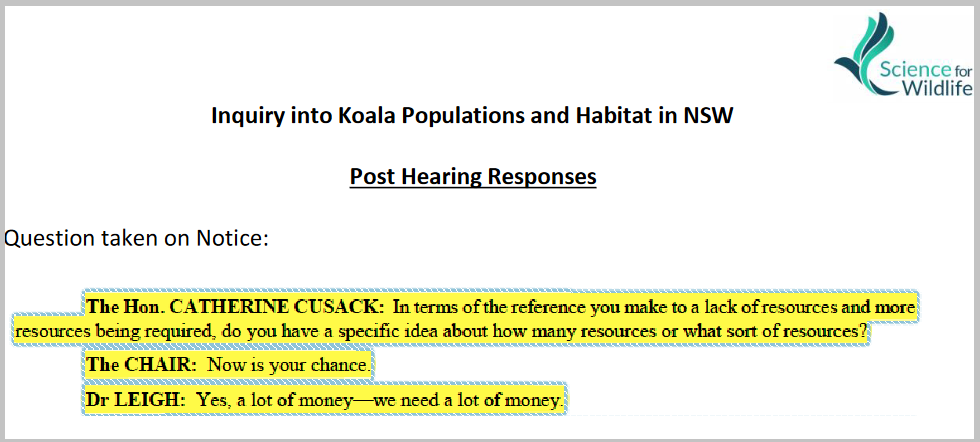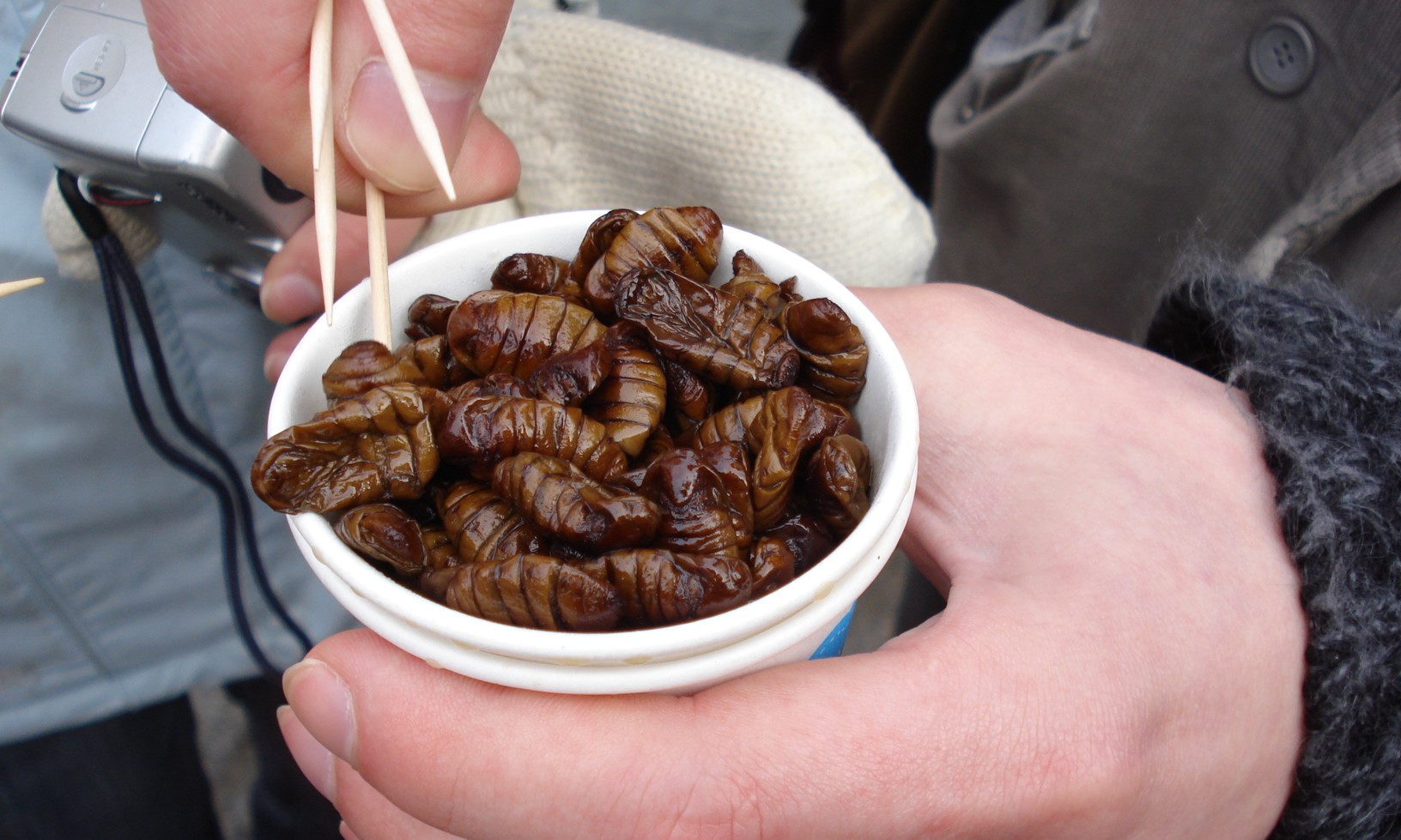
Koalas, Too Cute for Their Own Good?

The second-last nail in the coffin for native forestry in New South Wales will be the Great Koala National Park. But New South Wales’ native timber industry has contributed to its own demise by trying to use spin instead of science. The Timber Biz’s (TB) website’s Friday Analysis, Cute koalas can kill an industry without good reason, makes a good example. The industry will continue greatly diminished for a while, but after this great victory over commonsense and sound science the greenies will be able to finish it off quickly.
TB quotes Forestry Australia President Dr Michelle Freeman saying “we all care about protecting koalas” and it is “simplistic to suggest that locking away forests is the great panacea for saving koalas from extinction”. The point that needs to be made is that koalas are an irruptive species in absolutely no danger of extinction and in no need of protection. Koalas are suffering disease, dog attacks, vehicle hits and incineration because they are in unnaturally high densities as a result of lock-It-up-and-let-it-burn ‘conservation’ policies. This population pressure is seeing them invade rural areas, even suburbs, where they have never lived before. They are also becoming victims of the ‘conservation’ groups ostensibly dedicated to ‘saving’ them. Sensationally declaring ‘extinction imminent’ beside fund-raising pleas and cute pictures of koalas is a powerful fund-raising tool. As a representative of one of those organisations put it in follow-up testimony before the NSW inquiry, “We need a lot of money”.
Let me repeat what I have written previously at Quadrant Online: koalas eat tender young shoots and are now breeding faster than ever on all the soft new regrowth after the Black Summer megafires. The Friday Analysis is riddled with apparent contradictions:
It seems forest harvesting and management in State forests does not impact on koala numbers and there is evidence to show that they like regrowth forests because of the quality of the young eucalypt leaves…
If logging has no impact on koala numbers, why do they like regrowth?
…by 1991 koalas were three times more abundant in regrowth than in old growth forests. But in 1995 regrowth forests at Pine Creek were locked up to save koalas
Why were there three times as many koalas in regrowth as in old growth in 1991?
Experience shows that declaring a National Park does not equal koala population growth [in 2019] … the koala was found in equal numbers in National Parks and working State forests…
Why was there no difference between regrowth and old growth in 2019?
These apparent contradictions seem to stem from a rather interesting interpretation of good scientific data by Dr Brad Law, a forest ecologist with NSW Department of Primary Industries. Dr Law concluded from the 1991 data that koalas tolerated selective logging. I suggest that they increased as a result of intensive logging. Since then, koala numbers have obviously increased in unlogged forests because, by 2019, there was apparently no difference in numbers between regrowth and old growth.
The recent research shows that koala numbers are not affected by logging, irrespective of its intensity. So Law reports that all the rules and regulations are successfully protecting them from harm. Fact is that the beneficial effects of logging in promoting soft growth in retained trees and edge trees no longer make a difference. Nearly all trees in unlogged reserves are under stress and, as a result, constantly turning over soft young growth. They are suffering that ill health in the absence of maintenance by mild fire.
Meanwhile we’ve been spending heaps of money researching reduction efforts aimed at various folivore sap-feeders, such as beetles and weevils and borers and psyllids, taking advantage of sick trees. Academics are even researching bellbirds responding to increased food in the form of insects in sick forests. It is effectively illegal in NSW to maintain the bush in a healthy and safe condition using frequent, mild burning. This is our major social economic and environmental problem in forest management irrespective of tenure. It is the cause of firestorms and unstoppable megafires. Logging is irrelevant.
But Dr Law has published data in a series of papers which collectively show that koalas in low elevation north coast forests, both logged and unlogged, continued to increase through the Black Summer megafires. Losses in high-intensity fires were more than compensated by ongoing increases. The general increases in koala numbers observed in many areas across New South Wales and south-eastern Australia can be explained by the increasing availability of browse. Notable examples are timber plantations in South Australia and Victoria, where koalas did not occur naturally; native forests surrounding Sydney’s Cumberland Plain, where they have increased as a consequence of megafires; other forests across the southeast which are chronically declining in the absence of maintenance by frequent mild fire.

Contrary to the TB‘s Friday Analysis, locking up forests and letting them burn has been a very successful strategy for increasing koala numbers. For example, Science for Wildlife told NSW’s Koala Inquiry that koalas started showing up after the 2013 State Mine Fire in the Blue Mountains. By 2019 they were finding large and growing populations everywhere they looked, right thru to the suburbs of Sydney. Koalas are in about seven times their natural density at Holsworthy Army Base. Fatalities on Heathcote Road have averaged one a month since last October. But the experts tell us that koalas are invading suburbia because their bush has all been cleared.
I’m sure the people donating money to the multinational multi-million-dollar koala industry trying to shut down renewable timber don’t realise they are contributing to increasing animal suffering. Nor do they understand that Lock It Up and Let It Burn is choking out habitat for the truly endangered species that need open grassy forest. Those species don’t benefit from megafires. The endangered broad-headed snake, for example, has disappeared from national parks around Sydney, and the Hastings River Mouse is now seldom seen in the newly declared parks of NSW’s north coast. In both cases their habitats have been choked by scrub.
Destroying a sustainable industry and the families’ security that depend on it in order to ‘save’ an irruptive species that doesn’t need saving is just plain stupid.
Academics and others who dare to question the majority view are brutally told the science has been settled. Many such dissenters from catastrophist orthodoxy have lost their jobs, been denied promotion, or subjected to constant harassment and ridicule. This not the way science should be done
Aug 25 2024
3 mins
There's a veritable industry of academics raising alarm about how global warming and a polluted, dying planet will leave humanity and the animal kingdom in such a state that cannibalism will be a matter of survival. I'll spurn schoolyard puns and cheap gags except for one, and that by way of good advice: don't give them a big hand
Aug 09 2024
13 mins
I thought initially that this topic was a bit of fun. But it turns out that entomophagy, as the eating of insects is called, is an essential component of the Western lemmings' race to net-zero. Need it be said that one of the biggest and most enthusiastic lemmings is our very own climate crazies at the CSIRO?
Jul 31 2024
15 mins







